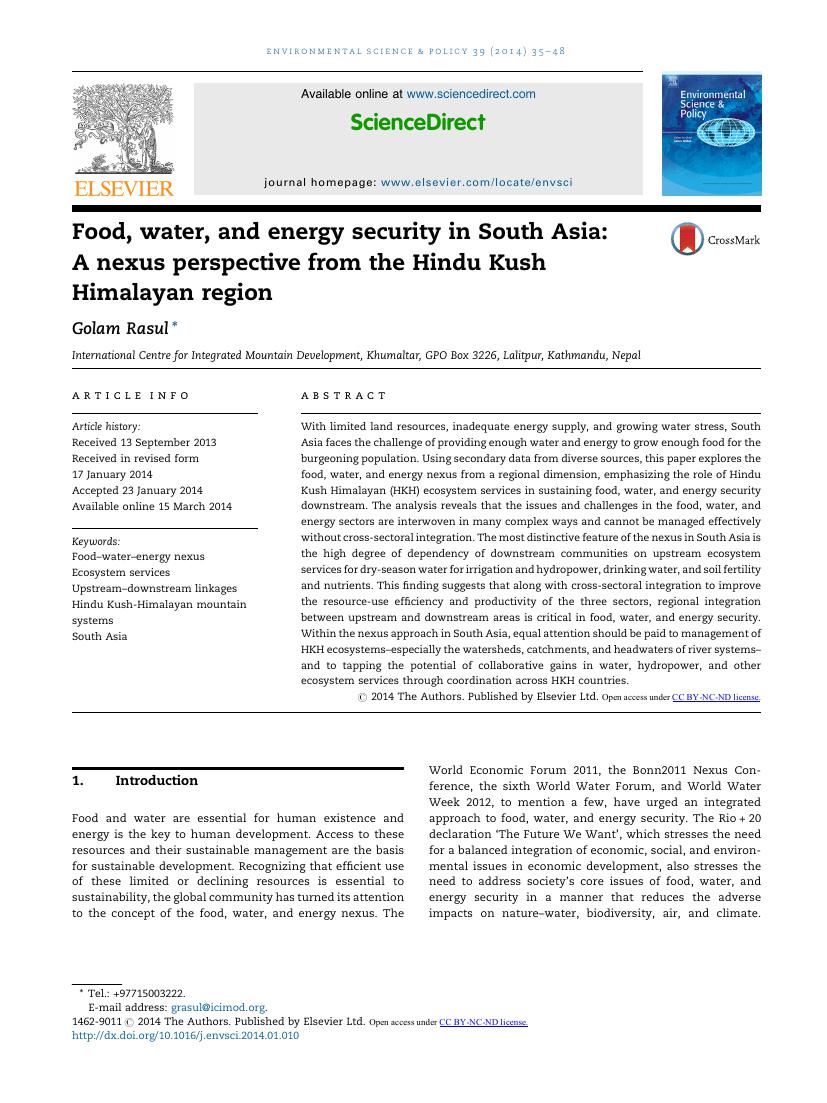The cirque floor altitude (CFA) was used to indicate the patterns of paleoprecipitation, paleocloudiness, palaeoglaciation, and paleo-equilibrium line altitude (ELA). However, CFA is also affected by non-climatic factors, which limits its efficacy of being a paleoclimatic indicator. This study focuses on the Gangdise Mountains with an aim to investigate the controlling factors on CFA and test the CFA efficiency as an indicator of paleoclimate. A total of 1652 cirques were identified, and their CFAs were analysed in this study. The results show that the lowest CFA is in the eastern part of the Gangdise Mountains, followed by the western and central parts. This spatial distribution is in contrast with that of precipitation. This means that the development of the cirque is favoured by high precipitation. The high CFA values on southern and western slopes are due to effects of solar radiation and wind. The weak correlation between the cirque height and CFA and their different spatial distributions imply that cirque deepening is not the main factor affecting CFA. Various bedrocks of cirques manifest different CFA values, while the spatial patterns of the CFAs in the western, central and eastern parts can be partly explained by their bedrock types. The CFA values of the Gangdise Mountains are higher than those of the central Tibetan Plateau (TP). The CFA spatial distribution of the central TP is in contrast with that of precipitation, highlighting that precipitation is the primary control of the CFA. The relief and glacier type significantly control the CFAs. These findings lead to the conclusion that CFA is not always an actual indicator of paleoclimate on a large regional scale. Copyright © 2022 Dou, Mou and Zhang.
